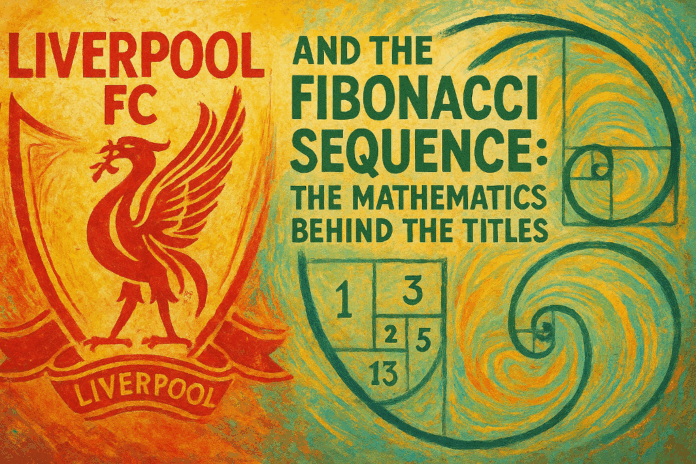Liverpool’s trophy wins carry more than passion or luck. A deeper rhythm runs through their history—one rooted in mathematics. The Fibonacci Sequence, often seen in nature and art, curiously mirrors the club’s greatest moments. It reveals how structure can shape what seems like sporting chaos.
What is the Fibonacci Sequence
The Fibonacci Sequence begins with zero and one, and much like the best online casino in Australia with fast payouts for real money, each step builds on the last to create a reliable, rewarding pattern. Every number that follows is the sum of the two before. The pattern goes 0, 1, 1, 2, 3, 5, 8, 13, 21 and so on. This sequence appears everywhere—from sunflower spirals to stock charts. It signals growth, balance, and momentum. In Liverpool’s case, it frames a surprising outline of success.
Trophies that reflect a mathematical rhythm
Liverpool’s honours show clear steps that echo Fibonacci numbers. The early league titles came with growing gaps—then shorter bursts of success. The first title arrived in 1901, followed by the second in 1906. Then the third came in 1922, the fifth in 1947, the eighth in 1973, the thirteenth in 1984, and the twenty-first in 2020. The sequence of wins often aligns with Fibonacci values, and even the intervals between titles repeat the pattern. Gaps of 2, 3, 5, and 8 years mirror the growth steps found in the sequence.
Shankly’s reign follows the same logic
When Bill Shankly took charge in 1959, the club began to climb. After three years, Liverpool were promoted in 1962. That small jump reflects Fibonacci’s third step. Shankly brought silverware soon after. The FA Cup followed in 1965, then the league title in 1966. European success arrived in 1973 with the UEFA Cup, and another league title came in 1976. The gaps between these achievements match the Fibonacci rhythm—short, precise, and progressive. Shankly didn’t just build a team; he shaped a tempo.
European dominance in familiar steps
Liverpool’s European Cup story runs with a clear pattern. Their first win came in 1977. The next followed just a year later in 1978. Three years later, they lifted it again in 1981. Another three-year wait brought a fourth title in 1984. After that came a long pause. Then came 2005—exactly 21 years after 1984. The sixth win in 2019 followed 14 years after Istanbul. Though not every step matches the classic Fibonacci path, the pattern reappears enough to raise eyebrows. Their dominance grows, fades, then grows again—just as the sequence builds.
Liverpool’s European wins:
- 1977 – First triumph in Rome
- 1978 – Back-to-back glory
- 1981 – Third title, three years on
- 1984 – Fourth in Rome, another three-year gap
- 2005 – Miracle of Istanbul, 21 years later
- 2019 – Madrid win, 14 years after Istanbul
Hidden structure in football success
The Fibonacci Sequence might not win matches, but it shows how success can form. Liverpool’s journey often fits the cycle of pressure, growth, and breakthrough. Whether it’s Shankly’s rebuild, the Paisley peak, or Klopp’s surge, each phase follows steps that resemble a familiar mathematical rhythm. It suggests that football glory isn’t always chaos. There may be more method than we imagine.
Liverpool’s major triumphs mirror a deeper rhythm. The Fibonacci Sequence marks their rise in quiet, repeating steps. From the first trophy to the latest triumph, numbers tell a parallel story. In football, timing matters—and this pattern may be part of its pulse.




